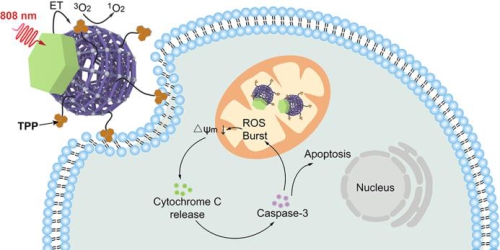The company's environmental engineering equipment mainly includes environmental fog gun machine, environmental cutting machine, engineering washing machine, engineering electric trolley and so on. It is the ideal equipment for low emission and low pollution in engineering.
Environmental protection equipment is used to control environmental pollution. Environmentally friendly activated carbon improves environmental quality and has mechanical products, structures and systems manufactured and built by production units or building installation units.

Environmental Engineering Machinery
Engineering Transfer Cart,Environmental Engineering Machinery,Wall Plastering Machine,Small Engineering Electric Trolley
Boron Machinery Manufacturing CO. LTD , https://www.boronjx.com